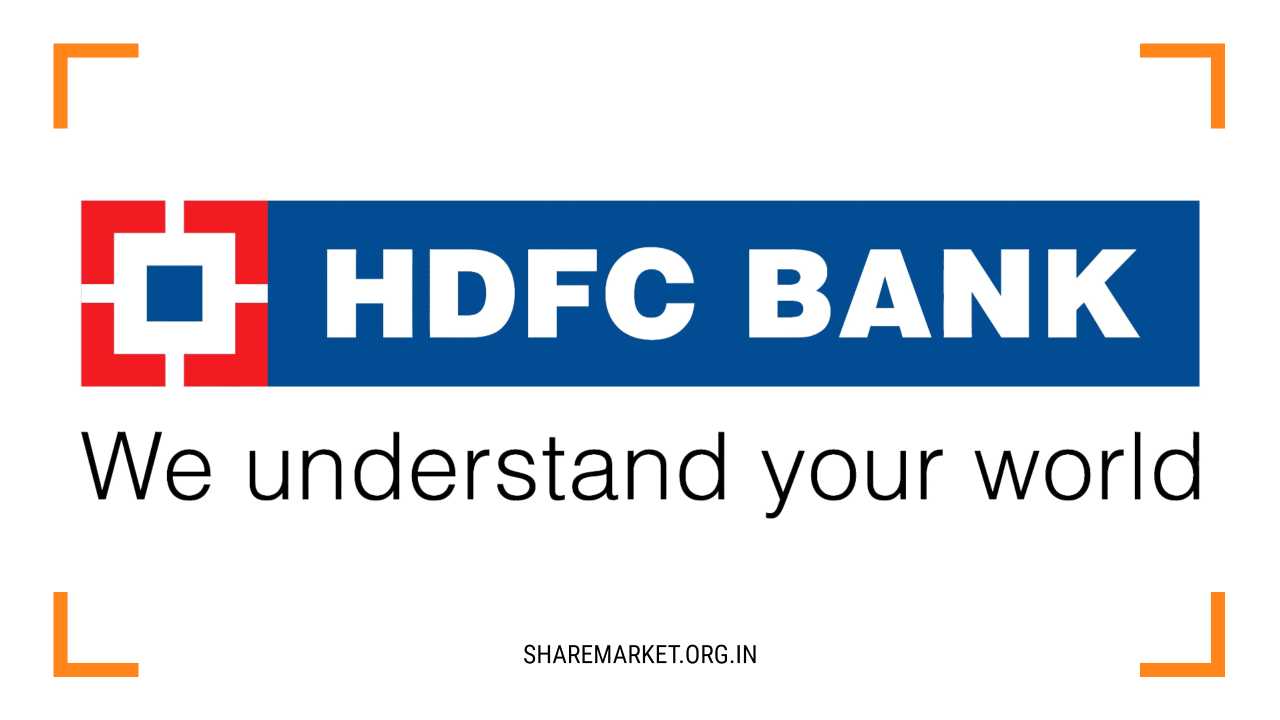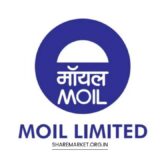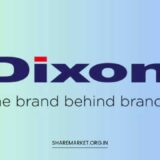HDFC Bank Share Price Drop 11% in 2 Days: Brokerage Insights

HDFC Bank Share Price
Navigating HDFC Bank’s Market Challenges: A Comprehensive Analysis
The aftershocks of HDFC Bank’s weak quarterly results reverberate through the market, as evidenced by the persistent decline in its shares.
The two-day downturn, amounting to an 11 percent slump, reflects the concerns among investors.
This comprehensive analysis delves into the intricacies of the situation, exploring the recent market performance, the underlying factors contributing to the decline, and expert opinions on the future trajectory.
Current Market Snapshot:
As of January 18, HDFC Bank’s shares are trading at Rs 1490.45 on the BSE, signaling a 3.02 percent decrease.
The intraday low touched Rs 1480.25, emphasizing the heightened volatility in the stock. Notably, this negative trend in HDFC Bank shares has had a ripple effect on the broader banking sector, particularly impacting private banking stocks.
On January 18, the Bank Nifty index experienced a 0.6 percent decline, highlighting the interconnected nature of the financial markets.
Unpacking the Quarterly Results:
The root cause of this market turbulence lies in the weak quarterly results reported by HDFC Bank. The third quarter of FY24 saw a commendable 33 percent increase in the bank’s net profit, reaching Rs 16,372 crore compared to Rs 12,259 crore the previous year.
However, the devil is in the details, as the net interest margin (NIM) witnessed a decline in Q3FY24, attributed to a higher cost of funds.
Beyond the NIM contraction, higher provisions and a surprising decrease in earnings per share (EPS) for the first time in a decade have sent shockwaves through the market.
The ongoing sluggishness in deposit growth is emerging as a potential bottleneck, posing challenges to both loan growth and margin sustainability for HDFC Bank.
Brokerage Insights:
Amidst the market turbulence, brokerage firms have offered their perspectives on HDFC Bank’s current predicament. Most analysts have adjusted their target prices on the stock, reflecting the revised outlook.
However, despite the downward adjustments, a prevailing sentiment of cautious optimism remains, driven by the perceived attractive valuations of HDFC Bank.
Ajit Kabi, Research Analyst at LKP Securities, expressed concerns about lower liquidity coverage ratio (LCR), credit-to-deposit ratio (CDR), and slower deposit growth potentially impacting NIM.
Despite these apprehensions, Kabi anticipates improvements in the future. LKP Securities maintains a 12-month target price for HDFC Bank at Rs 1700, underscoring their confidence in the bank’s potential for recovery.
Financial Indicators:
Delving into the financial indicators, private sector lenders, including HDFC Bank, reported a flat quarter-on-quarter NIM at 3.6 percent in Q3FY24.
This stagnant margin was accompanied by a substantial 39 percent growth in provisions, reflecting a proactive approach to risk management.
On a more positive note, the net interest income (NII) of the bank recorded a 4 percent increase on a quarterly basis, demonstrating resilience in generating income despite the challenging environment.
Net profit, while exhibiting a marginal uptick of 2.5 percent in Q3FY24, falls short of the robust growth seen in previous quarters.
Challenges and Opportunities:
The challenges faced by HDFC Bank are multifaceted. The higher cost of funds, reflected in the NIM contraction, necessitates a strategic reassessment of the bank’s funding model.
The unexpected decline in EPS, a key performance metric, has raised eyebrows among investors and analysts alike, prompting a deeper dive into the bank’s operational efficiency and cost management.
Furthermore, the subdued deposit growth poses a twofold challenge, potentially limiting loan growth and exerting downward pressure on margins.
Addressing these challenges requires a nimble approach from HDFC Bank, involving a careful balance between managing costs, optimizing the funding mix, and exploring avenues for organic growth.
While challenges persist, opportunities for recovery and growth also emerge. The proactive provisioning by the bank indicates a commitment to risk mitigation and prudent financial management.
Analysts, despite adjusting target prices, maintain a positive outlook, citing attractive valuations and the potential for improvement in key operational metrics.
Strategic Outlook:
In navigating these challenges, HDFC Bank needs a strategic roadmap that aligns with the evolving dynamics of the financial landscape.
A key focus should be on restoring investor confidence through transparent communication, outlining concrete steps to address the identified challenges, and highlighting the bank’s resilience in the face of headwinds.
Additionally, a holistic approach to operational efficiency, encompassing cost optimization and process enhancements, will be crucial.
The bank may consider revisiting its funding strategy to ensure a balanced and sustainable cost of funds. Simultaneously, efforts to stimulate deposit growth should be intensified, potentially through targeted marketing campaigns and competitive deposit products.
Collaboration with regulatory authorities and industry peers can also provide valuable insights and support in navigating the current market conditions.
By fostering a collaborative approach, HDFC Bank can position itself to capitalize on emerging opportunities and weather the challenges with greater resilience.
Final Remarks:
The recent turbulence in HDFC Bank shares serves as a reminder of the inherent uncertainties in financial markets and the need for adaptability in the face of evolving dynamics.
While the weak quarterly results have triggered a short-term market reaction, the strategic response and long-term vision of HDFC Bank will play a pivotal role in shaping its trajectory.
The proactive stance taken by the bank in provisioning and risk management indicates a commitment to stability and resilience.
As the market awaits further developments, investors, analysts, and industry observers will keenly monitor HDFC Bank’s strategic initiatives and operational performance, looking for signals of recovery and sustainable growth.
In this intricate dance between challenges and opportunities, HDFC Bank has the potential to not only weather the storm but also emerge stronger, provided it navigates with foresight, agility, and a commitment to sound financial principles.

















